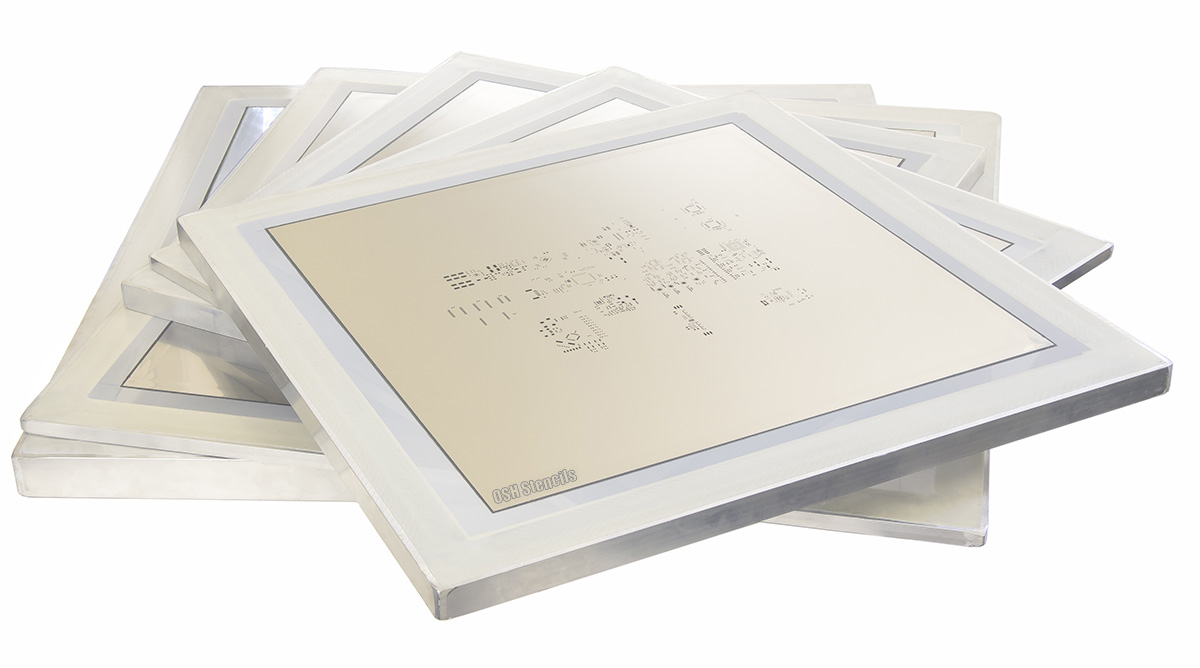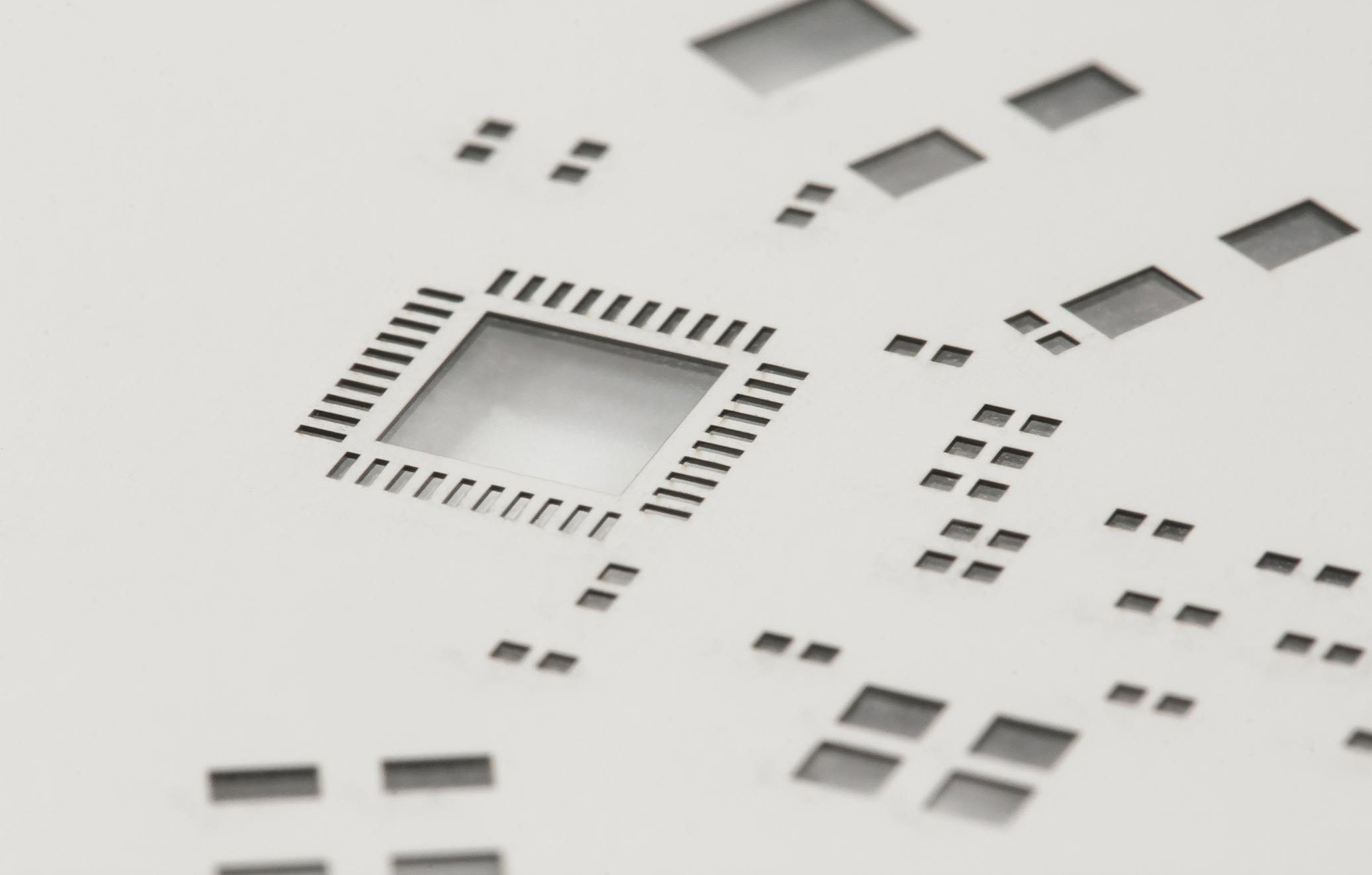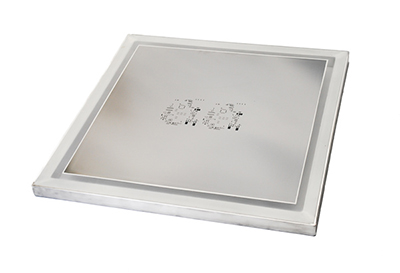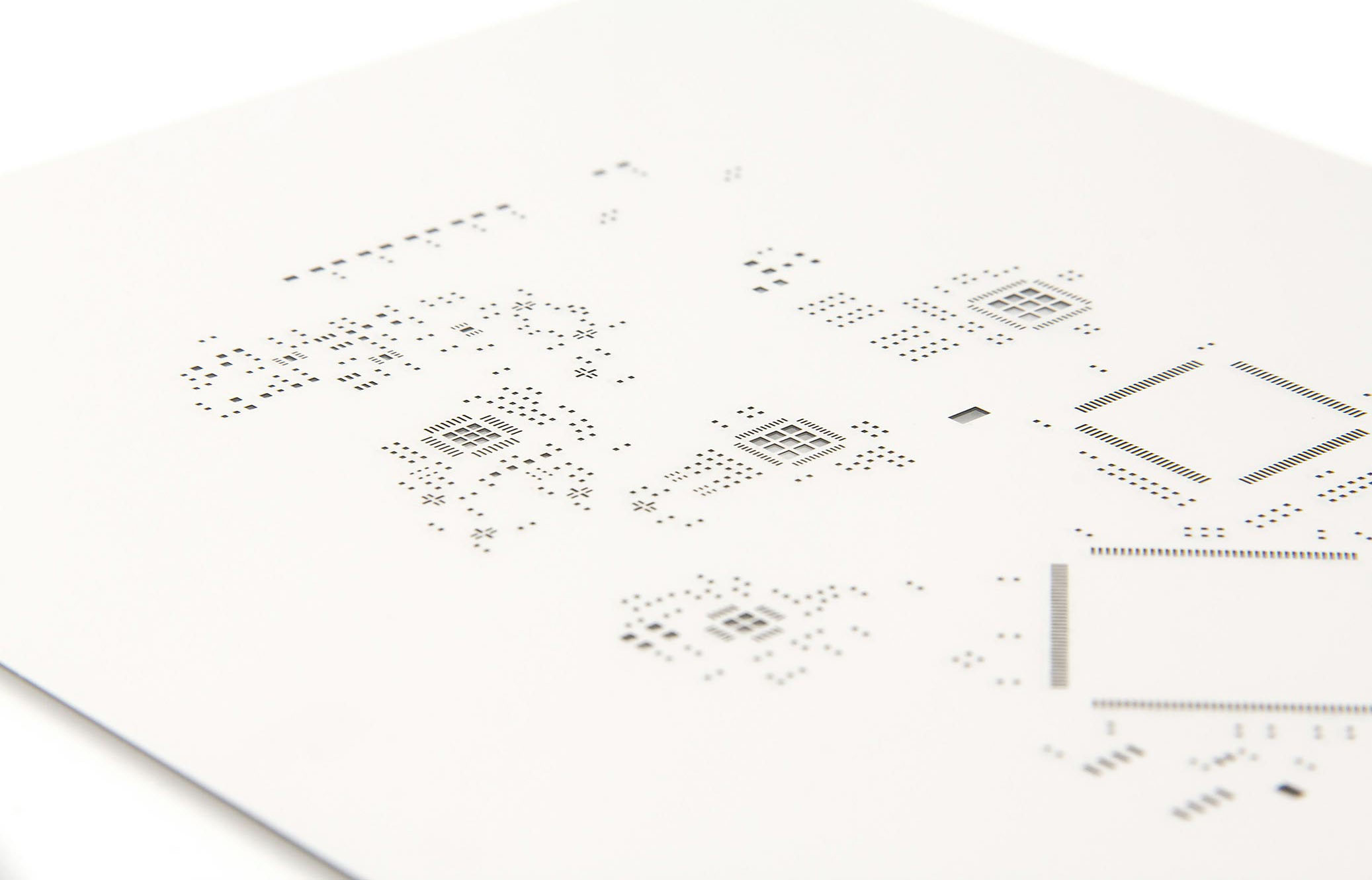The voice industry and mobile games are quite similar, both existed before the “mobile Internet eraâ€, and were reborn as a result of the mobile Internet, and the industry landscape changed in 2013.
The difference is that although the voice industry has grown very fast, it has not broken out like a mobile game. As Zhang Jidong, deputy general manager of the Mobile Internet Terminal Products Division of the University of Science and Technology, said, this industry needs to be embarrassed.
In 2013, the voice industry ushered in giants such as Baidu and Tencent. At the same time, opportunities such as mobile devices, smart wearable devices, in-vehicle devices, and education and customer service are on the rise. How many variables does the industry pattern have in 2014? What opportunities will become a breakout point? For these problems, the answers of the majors such as Keda Xunfei, Yunzhisheng, Spirit, and Smart 360 tend to be consistent.
2013 inventory: the giant first test water recruits do not show weakness
Compared with the voice assistants in 2012, the slow-heat state of the future of voice is different. In 2013, the voice industry has undergone some real changes.
1. The giants participated in the war. At the Baidu World Congress on August 22, 2013, Baidu announced that voice recognition technology and capabilities were fully open. In November, WeChat also released an open platform for speech recognition. At the end of December, the Sogou voice cloud platform was also launched. At the same time, Baidu and Sogou also pushed voice assistants in the second half of the year. The difference is that WeChat hopes to open more developers to the WeChat ecosystem through open voice technology, while Baidu hopes to root the open platform to more products to consolidate its layout in the mobile Internet field.
2, veterans array, recruits counterattack. In 2013, HKUST and the three major operators reached a strategic cooperation, and at the same time, the strategic direction was clearly defined as mobile phone, television and education, and began to invest heavily. In the second half of the year, the new recruit Yunzhisheng also received a hundred million-level financing. The founder Huang Wei went to the stage to prepare for the show.
3. The international giants are competing. Apple bought Topsy, a start-up in December, for $200 million. Nick Halstead, CEO of social media analytics company DataSift, believes that the move is Apple's attempt to use its linguistic analysis technology to enhance Siri's understanding. Another source said that Apple will join Siri. Image search function, and Google is also investing a lot of resources to improve Android's voice search function, the two companies have begun to invest heavily in voice assistants.
Outbreak point: Smart TV will become the biggest force point
At present, the voice recognition rate of the companies such as Science and Technology, such as Xunfei, Yunzhisheng, and Spirit has reached 95%. Although the experience of voice assistant and input method is still flawed, the voice solution is basically mature and the voice is open. The competition in the platform also gives developers a full choice, and the voice industry is waiting for an outbreak of its affiliated areas.
For the 2014 outbreak, several vendors are targeting the same areas, including:
Smart TV. Stimulated by Internet companies such as LeTV and Xiaomi, Skyworth, TCL and other traditional TV manufacturers have cooperated with Internet companies to launch new TV products. From the recent CES, Samsung and Sony are also gaining momentum in the field of smart TV. At the same time, major Internet companies have also launched TV boxes.
Smart TV hardware and software solutions have matured and costs are falling, and Internet companies and traditional TV manufacturers have jointly promoted the industry's outbreak in 2014, and voice has become the best input for TVs lacking input devices. solution.
education. Science and Technology Xunfei has listed education as one of the three major businesses. Zhang Jidong introduced that this year's education sector revenue may be heavy for Xunfei. In 2013, Xunfei acquired the education and testing industry service provider Qiming Technology for 480 million yuan. This year, Xunfei has won the speech system of the foreign language of the 2014 college entrance examination, and will start digging deeper in the field of education from the field of examination. Yunzhisheng intends to make efforts in the direction of voice evaluation, and make up for the shortcomings of traditional education in voice teaching through ubiquitous voice.
Spirent CEO Gao Shixing said that smart devices have become the carrier of learning, and education must be one of the outbreaks. However, there are still two barriers in the industry. First, users expect too much value and rely on equipment and the environment. High, second, users need different levels of content, and the ability to integrate content with developers is also higher.
Intelligent customer service. Yunzhisheng CMO Lu Yongyi said that with the increase in labor costs, the cost burden of call centers is getting heavier and heavier. The smart customer service in the United States has already accounted for 40%, and there is still a big gap in the domestic market. Zhang Jidong believes that segments such as operators, banks, and ticket bookings will be the entry point. However, Gao Shixing pointed out that users' different equipment, environment and Putonghua level will become obstacles to intelligent customer service, and this field is still in the entry period.
Car Equipment. The arrival of the 4G network has given the car network a larger imagination. After a stable and fast network connection, the voice interaction problem of the in-vehicle device can be better solved. On the other hand, this year's CES also appeared in a number of smart cars, Zhang Jidong introduced, before the flight of the car cooperation manufacturers from Chery to Roewe, and this year, Mercedes-Benz, BMW and Audi also began to integrate voice solutions, once the top brand station Come out, it will definitely drive the industry as a whole in this direction.
Slow chance: wearable equipment is not optimistic
Although smart wearable devices are in full swing, they are not favored by voice vendors.
From the experience point of view, voice seems to be the best way to interact with smart wear, but the smart wearable device itself is still too rough. In 2013, there were jump tickets from inWatch, shell watch, Tuman watch to 360 children's bracelet. After the response is also flat, and the device such as the bracelet is not a potential market for voice, the battery problem is not solved, the smart wearable device is always difficult to break through, and Zhang Jidong said that although the offline voice package has been optimized to the size of tens of megabytes, For smart wearable devices with a stretch of memory, it is still a big cost.
Smart homes that have just emerged are not favored by voice vendors. On the one hand, there is a lack of uniform standards in the industry. Each manufacturer has its own solution. On the other hand, the price of smart homes also determines that it is difficult to popularize in a short period of time. At the same time, user habits and actual usage scenarios also limit the application of voice on smart homes.
Lu Yongyi introduced that before the hood manufacturers tried to control the hood switch by voice to liberate their hands, the result was a low success rate due to noise and other problems.
On the mobile phone side, voice assistants and input methods are still the point of voice manufacturers, but as Zhang Jidong said, this is a market that needs to be embarrassed. The maturity of products, the habits and maturity of users are not enough. It is reported that after a while, the priority of Sogou and Baidu's voice assistant has also been reduced.
Gao Shixing believes that the voice assistants from Siri have experienced three key changes: 1. Integrating from the self-developing + Nuance identification scheme; 2. Integrating content and service providers; 3. Combining software and hardware.
At present, Spirit has released a context-based voice solution. In 2014, voice assistants still have room for growth in the vertical areas of catering, hotels and other life services, but they are subject to the technical capabilities of voice vendors in search, and Internet vendors are on speech recognition. The accumulation of technology, voice assistant products are difficult to explode in 2014.
Gao Shixing said that the addition of giants has proved that voice as an interactive channel and even a long-term entrance is an inevitable trend. However, the addition of giants in the education industry and user perception also intensifies competition. At this time, it is crucial to recognize the trend.
The special feature of the voice industry is that it exists to some extent in other industries, but voice is permeating more and more sub-sectors. When these industries break out, it will drive the overall growth of the voice industry, from the current Looking at the trend, no matter which of the above areas broke out, it indicates that the voice industry will usher in a new spring in 2014.
PCB SMT Stencil ,the unique goal is to move solder paste to the bare Printed Circuit Board.
PCB Stencil , SMT Stencil, SMD Stencil , Laser Stencil , What is it?
Apart from all types of Printed Circuit Boards (PCBs) such as Prototype PCB , Aluminum PCB , HDI PCB , Flexible PCB , Rigid Flex PCB , Thick Copper PCB, High TG PCB , JHYPCB also manufactures solder paste stencils to meet Surface Mount Technology (SMT) requirements.
PCB Stencils, also called SMT stencils, SMD stencil, play a key role in transferring accurate amount of solder paste to correct positions on bare circuit boards ready for assembly. In other words, stencils can fast and efficiently ensure the most accurate solder paste amount and optimal electrical connection. With solder stencils, it is possible to use metal squeegee blades to apply solder paste easily over the openings on PCBs and make stencil to be well aligned with the surface of the advanced circuit board.
All of our SMT Stencils stencils are 100% laser-cut type 304 full-hard stainless steel, ensuring the finest quality finish on the market today. We use a .001" laser beam with 98% overlap creating an extremely smooth hole that provides the best paste release. Most stencil fabricators use a .003" laser leaving mouse bites on the aperture edge. You can choose a PCB Prototype stencil, a frameless foil stencil, or a rigid permanently mounted stencil. Both the frameless and framed stencils come in various sizes to accommodate your printer and stencil requirements.

PCB Stencil Types Available:
1. Laser-cut stencils
The openings are lasered on 100% stainless steel. Generally speaking, this kind of stencil can be produced with high quality and a high degree of precision within a short time.
- Advantages: high accuracy; barely influenced by objective elements; trapezoid opening beneficial for demoulding; suitable for accurate cutting; reasonable price;
- Disadvantages: relative low manufacturing speed.

2. Chemical-etch stencil
The openings are etched into the metal using acid. Usually this kind of stencil offers better protection on material temper and hardness.
- Advantages: one-time formation; relatively high manufacturing speed; low cost;
- Disadvantages: tending to form sand clock shape or large openings; numerous manufacturing stages and accumulating errors; unsuitable for fine pitch stencils; bad for environmental protection.
3. Prototype PCB Stencil (Low-volume manual printing. Ideal for prototypes)
When prototyping dictates fast action with minimal cost, our prototype stencils are the best solution. Prototype Stencils gives you a quality stencil and framework so you can handle assembly from the convenience of your own desk.
Prototype SMT Stencil Features:
- Eliminate the registration difficulty associated in hand printing with a flat piece of metal
- Eliminate printer set up for short run prototypes
- Allow quick alignment for repeatability
- Save money over full size stencils designed for automated printers<
- Squeegee included
| Prototype SMT Stencil Specs: | |
| Technology | 100% laser cut |
| Material Used | Stainless Steel |
| Stencil Thickness | 0.06 ~ 0.3 mm |
| Minimum Cut Width | 0.05 mm |
| Maximum Size | 736 X736 mm |
| Aperture Tolerance | within 0.007mm |
| Allow for Fiducial Data | Yes |
| Delivery | 1 ~2 Day |

4. NEW Prototype PCB Stencil Kit (with leaded or lead/free solderpaste)
Includes Prototype Stencil, one board holder, leaded or lead-free solder paste (must specify), temperature marker, squeegee, ESK-safe gloves and alcohol wipe.
5. NEW Pick and Place Tool
Handy and convenient for low quantity prototype assembly using the Prototype Stencils. Re-usable, includes vacuum bulb and vacuum clips with diameters of 3/8", 1/4", and 1/8".
6. Framed SMT Stencils (Also called "Glue-in" or Mounted Stencils)
Framed stencils are laser-cut stencils designed for high volume screen-printing. With a framed stencil, your stencil is securely mounted to either a cast or extruded aluminum stencil frame a stencil frame using a mesh border, allowing for complete control.
Framed SMT Stencil Features:
- Unique Process for smooth aperture walls
- Very clean laser-cut apertures
- Excellent print performance
- Excellent for high-volume stencil printing on printed circuit boards
- Unique process creates permanent non-removable non-fading fiducial
- All framed SMT stencils are double bonded to extreme wear
- 24-hour turnaround standard
| Framed SMT Stencil Specs: | |
| Technology | 100% laser cut |
| Material Used | Stainless Steel |
| Frame Types | Cast, Space Saver |
| Stencil Thickness | 0.06 ~ 0.3 mm |
| Minimum Cut Width | 0.05 mm |
| Maximum Size | 736 X736 mm |
| Aperture Tolerance | within 0.007mm |
| Allow for Fiducial Data | Yes |
| Allow for Panelized Data | Yes |
| Delivery | 1 ~2 Day |
Framed PCB Stencil Specification
|
Framed PCB Stencil Area |
Maximum Squeegee Area |
|
300mm*400mm (11.81inch*15.75inch) |
120mm*220mm (4.72inch*8.66inch) |
|
370mm*470mm (14.57inch*18.5inch) |
200mm*300mm (7.87inch*11.81inch) |
|
400mm*600mm (15.75inch*23.62inch) |
220mm*400mm (8.66inch*15.75inch) |
|
400mm*700mm (15.75inch*27.56inch) |
220mm*500mm (8.66inch*19.69inch) |
|
400mm*800mm (15.75inch*31.5inch) |
220mm*600mm (8.66inch*23.62inch) |
|
400mm*900mm (15.75inch*35.43inch) |
220mm*700mm (8.66inch*27.56inch) |
|
400mm*1000mm (15.75inch*39.37inch) |
220mm*800mm (8.66inch*31.5inch) |
|
400mm*1200mm (15.75inch*47.24inch) |
220mm*1000mm (8.66inch*39.37inch) |
|
400mm*1400mm (15.75inch*55.12inch) |
220mm*1200mm (8.66inch*47.24inch) |
|
420mm*520mm (16.54inch*20.47inch) |
240mm*340mm (9.45inch*13.39inch) |
|
450mm*550mm (17.72inch*21.65inch) |
270mm*370mm (10.63inch*14.57inch) |
|
500mm*800mm (19.69inch*31.5inch) |
320mm*600mm (12.6inch*23.62inch) |
|
500mm*1200mm (19.69inch*47.24inch) |
320mm*1000mm (12.6inch*39.37inch) |
|
550mm*650mm (21.65inch*25.59inch) |
340mm*440mm (13.39inch*17.32inch) |
|
584mm*584mm (23inch*23inch) |
380mm*380mm (15inch*15inch) |
|
736mm*736mm (29inch*29inch) |
480mm*480mm (19inch*19inch) |

7. Frameless SMT Stencil - Foil/Plate Only (for universal frames)
Foil or Plate Only stencils are designed to work within interchangeable plate or "universal" systems. Also referred to as "reusable", these stencils do not need to be permanently glued into a frame.
Frameless SMT Stencils also referred to as foils are laser cut solder paste stencils designed to work with stencil tensioning systems known as reusable stencil frames. This type of stencil does not need to be permanently glued in a frame. Frameless stencils are significantly less expensive than framed stencils and provide money-saving storage while still delivering superior quality and performance.
Frameless SMT Stencil Features:
- Reduced storage space requirements
- Significantly less expensive than framed stencils
- Excellent for prototype Printed Circuit Board Assembly or short runs
- Smooth aperture walls, can be used for 16 Mil pitch and below and for Micro BGA's
- 24-hour turnaround standard
| Frameless SMT Stencil Specs: | |
| Technology | 100% laser cut |
| Material Used | Stainless Steel |
| Stencil Thickness | 0.06 ~ 0.3 mm |
| Minimum Cut Width | 0.05 mm |
| Maximum Size | 280 X 380 mm |
| Allow for Fiducial Data | Yes |
| Allow for Panelized Data | Yes |
| Delivery | 1 ~2 Day |

8. Frameless SMT Stencil - Foil/Plate Only (for hand printing)
For times when you need precise control for smaller production runs, our Foil or Plate Only stencils are ideal. These frameless stencils allow you to hand print with precision just the amount you need and can be stored conveniently.
9. Electroformed SMT Stencils
Electroformed SMT stencils are nickel-based, electroform foils permanently mounted in a stencil frame using a mesh border to tightly stretch the stencil foil taut in the frame. Electroformed stencils offer the best paste release characteristics available and are frequently used for fine pitch (20 mil to 12 mil pitch) SMT applications on printed circuit boards. They are also used for µBGA's, Flip Chip, and Wafer Bumping (12 mil to 6 mil pitch).
Electroformed SMT Stencil Features:
- The smooth trapezoidal sidewalls of an electroformed stencil allow for better paste release
- Nickel has a lower coefficient of friction compared to stainless steel
- Electroform foils are harder than full hard stainless steel of comparable thickness, providing for longer stencil life
- 24-hour turnaround standard
| Electroformed SMT Stencil Specs: | |
| Technology | Electroforming |
| Material Used | Nickel |
| Suitable Applications | All Component Pitches |
| Aperture Tolerance | within 0.007mm |
| Stencil Thickness | 0.06 ~ 0.3 mm |
| 0.06mm.0.08mm.0.1mm.0.12mm.0.13mm.0.15mm.0.18mm.0.2mm.0.3mm | |
| Positional Accuracy | ± 0.008mm |
| Delivery | 1 ~2 Day |
What's the difference between a framed stencil and a frameless stencil?
A framed PCB stencil will have a 0.5" to 1.5" thick metal frame around it, similar to a picture frame. Framed stencils are often used by contract manufacturers, assembly and board houses, and large scale production facilities and are commonly placed in a manual or automated stencil printing machine. Frameless stencils are a thin sheet of material cut with a small border around your design. For example pictures on these products, please visit our Gallery.
What's the difference between Polyimide and Stainless Steel?
All stencils are made with high quality Polyimide and Stainless Steel. We use only the industry leading Stainless Steel, designed specifically for stencils. These materials are ideal for prototype or Multilayer PCB .
Stainless Steel: 0.0007" Laser spot size, 0.001" minimum aperature size.
Polyimide Film: 0.003" Laser spot size, 0.005" minimum aperature size.
Polyimide has a lower precision rate due to the way it is processed and its ability to withstand heat during the cutting process. Minor variances will occur when the material reacts to the laser. Paste release is great, but this material should be limited to a small number of uses and with components 0402 or bigger.
The minimum aperature size for Polyimide is 0.005" vs 0.001" for Stainless Steel. Polyimide also has a natural curl in the material caused by the way the film is manufacturered, this is outside of our control. Stainless Steel provides the ultimate in precision and quality, with a 0.0007" spot size, and exceptional paste release with a truly flat surface. If you want the absolute best reflow experience, there is no comparison, Stainless Steel is the superior material.
Analysis and Treatment of Common Problems in PCB SMT stencil
- Insufficient solder paste
- Smudging/bridging
- Misalignment print
- Bow and twist
How to Determine Stencil Size?
Stencil size is composed by two parts: internal size and overall size. Internal size is the size compatible with that of PCB ready to be assembled while overall size refers to the size compatible with printer parameter limit. As long as both sizes are accurately designed, stencil will be able to make full use of its functions.

Internal size of stencil can be figured out conforming to the following rule:
- Width of Framed Stencil = width of PCB + 100mm while its Length = length of PCB + 100mm
- Width of Frameless stencil = width of PCB + 200mm while its Length = length of PCB + 200mm
For example, if one circuit board size is 50*50mm, then the size of its framed stencil should be around 150*150mm and the size of its frameless stencil should be around 250*250 mm.
It's easy to remember and operate so it worked for manual solder paste printing in SMT assembly prior to the advent of automatic printer. It can be said that different PCB sizes lead to generations of different internal sizes of stencil.
When it comes to automatic solder paste printer, however, it's relatively solid. Overall size of stencil has to be determined by parameter limit of the equipment, that is, printer, because stencil has to work within the range of printer with a frame. Different printers feature different parameter regulations. As far as PCBCart is concerned, the stencil size compatible with our printer can be either 650mm*650mm or 736mm*736mm.
PCB designers have to focus on internal size of stencil, they don't need to care about its overall size since it is generally determined by the parameters of printer in your contract assembler workshop.
How to Use PCB SMT Stencils?
PCB Stencil
PCB Stencil,SMT Stencil,SMD Stencil,Laser Stencil
JingHongYi PCB (HK) Co., Limited , https://www.pcbjhy.com